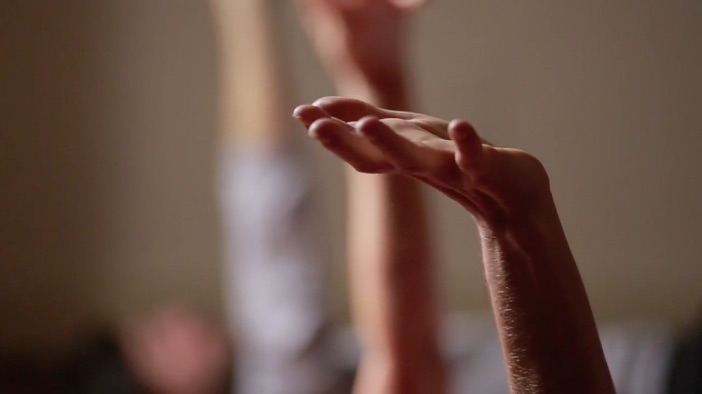The Value of Studying Moshe’s Teaching
by Jeff Haller, Ph.D., Certified Feldenkrais Trainer
I was pleased to hear the Amherst material has been converted from tape to DVD. I have advocated that happening for a long time. I believe it is important for all practitioners to own for their study Moshe’s teaching through his recorded materials. Now comes the hard part. How to study the materials? It would be an injustice to the materials to simply do the lessons and memorize them so you have something to teach. Larger questions need to be asked in order to dig into the depth of what was presented day by day in Amherst. For example, you could ask, “How does Moshe go about teaching to 220 people, his notion of the potent posture? That it is biologically correct for human beings to be able to move from any one position to another without hesitation or preparation.” How did he go about getting every person at Hampshire College the approximate ability of moving from any position on the floor to another orientation? What was the thread of lessons he taught to bring his class to being “fit for living”. In my estimation, practitioners who go beyond conceptualization and intellectually speaking about “potent posture”, and embody this foundational pillar in their lives will be more effective as practitioners.
There are so many ways to look at the material. One could study how each lesson given was physiologically correct and see how he utilized reciprocal inhibition, balance and counter balance, force and counter force, reversibility, even distribution of tonus, in each lesson to create a quality of effortless efficiency for his students. You could look at the materials and see how he taught class from the point of view of physics, biology, psychology, mysticism, educational or systems theory. The lectures he gave are a study within a study and stand on their own in their use for the serious student.
One could dive into the inner dynamics of each lesson given by Moshe, seeking to find the essence of the lesson resting there, or one could expand their view into an overview to see how all the elements were threaded together to create the outcomes that were generated. It is a complex study to enter into each lesson and discover the rough jewel hidden within and then see how the lessons are threaded together so one gradually polishes the jewel by reducing effort, finding support from the floor, reducing unnecessary muscular action, and using ones ability to image action, to come to simple effective movement.
So few people in the Feldenkrais community met Moshe personally. Most practitioners in the world were trained by a trainer who has offered their interpretation of what they heard and understood from Moshe. Or perhaps, at this point, someone who is a second or third generation trainer who never met Moshe, trained them. Take the time and make a comparative study of Moshe’s teaching with of what you learned and came to believe in your training. Triangulate your learning. Hear from him through the DVDs and correlate what you heard in your classes with what you hear him say. It will make you a better teacher and improve your clarity immeasurably. If you want to master the Feldenkrais Method, the study of the Amherst materials, and all of Dr. Feldenkrais’ original teachings, will move you well along that path.

